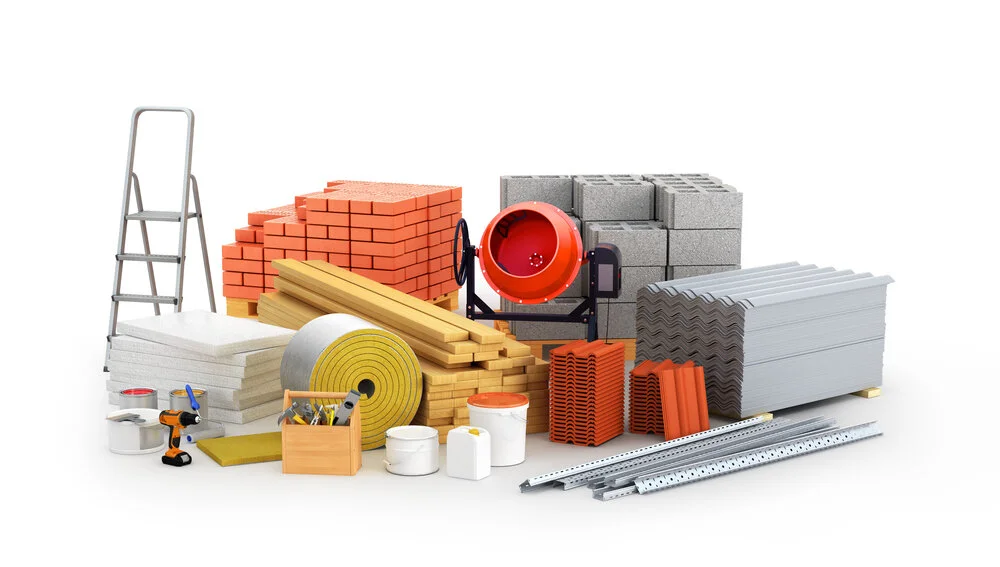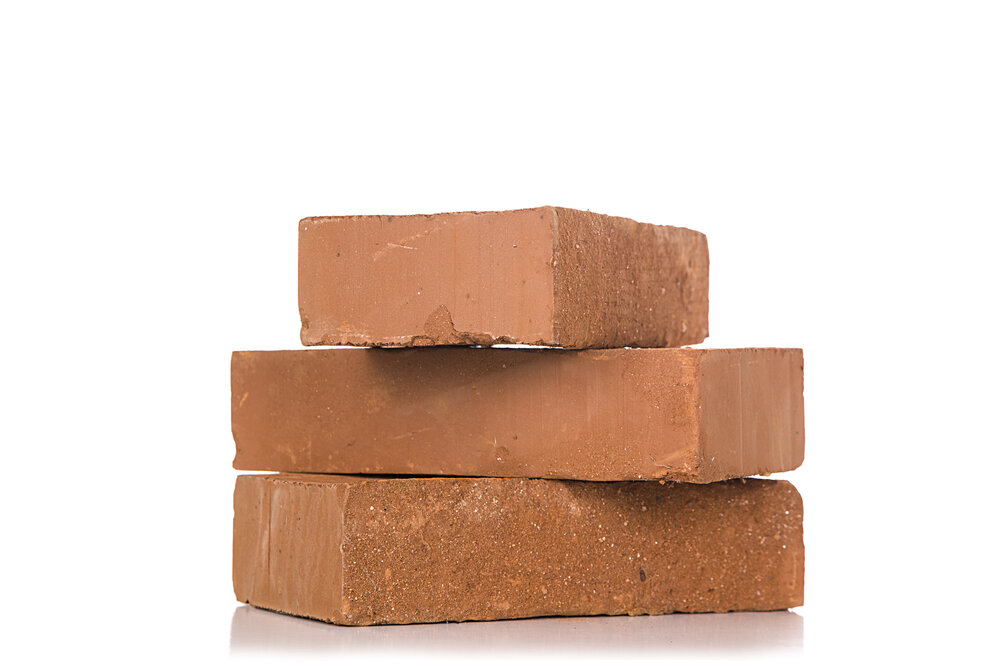Building Construction Materials and Types
Building materials such as concrete, steel, wood and masonry are of many kinds. The weight, strength, durability and costs of each material are different, making it suitable for a certain type of application. The choice of building materials is based on cost-effectiveness to withstand the structural loads and stresses.
Part of the tasks of the structural engineer is to prepare the specifications for the project, including all construction materials and relevant standards and provision to meet them. The quality and properties of materials to be used are a key part of any project.
Concrete
Concrete is a composite material composed of mixed cement, sand, crushed stones and water. The concrete properties are based on the ratios of the mixture design. For concrete suppliers, it is therefore a standard practice to provide material properties and test results for each concrete patch.
Concrete is an ideal material for building foundations where the structure's weight meets the ground. This requires load carrying strength and longevity to resist contact with the surrounding soil.
Steel
Steel is one of the strongest building materials with excellent voltage and compression strength. It is ideal for structural framing high buildings and large industrial installations because of its high strength-to-weight ratio. The standard forms of structural steel are angles, beams and C-channels. These forms can be welded or connected with high-force bolts to build structures which can withstand big forces and deformations.
Wood
For thousands of years wood has been used as a building material, and can last centuries if properly maintained. It is a readily available natural resource with low weight and high-processing properties which is cost-effective. It also offers good cold isolation and is an excellent construction material for homes and residential buildings.
Masonry
Masonry building consists of building structures using individual units which usually use mortar for binding units. The most common material used in designing masonry structures is cement block and if necessary vertical steel reinforcement. Masonry is powerful in resistant loads / stresses, making it ideal for building walls with bearings. Brick, stone and glass blocks are other masonry materials. Masonry is a very durable and fire-resistant material, but can be sensitive to the quality of mortar and manufacture.
Bricks
Bricks are the next in the list. It is a block usually made of clay or shale, but it can also have low quality sand, etc. The bricks of clay are mainly formed by the molding process or more frequently by extruding clay and then cutting it into the corresponding size of the stiff mud process in commercial production. Bricks are commonly used as a construction material. This could be due to the fact that in the ever-growing cities it was far more fire retardant than wood and quite cheap to produce.
Glass
Glass is also in the list. These are used to pay small openings in a building since the invention of glass. They enabled both people to let the light into the rooms while keeping the unpleasant weather outside exactly at the same time. The glass is generalized from sand and silicates mixtures and is highly fragile. For the whole facade of a building, contemporary glass "curtain walls" can be used. In a "space framework," glass can also be used to stretch over a broad roof construction.
Ceramics
Next is ceramics. These are things like tiles, fittings, etc. Ceramics are widely used in buildings as devices or covers.
Many states use ceramic tiles to ensure that many buildings are maintained. Ceramics used to be a special type of clay pottery firing in ovens, but it has become more technical.
The structural engineers know the best use if the materials. The list does not end here. There are lot more materials. To construct the building using the right materials and implemented rightly, contact Ram Jack.


